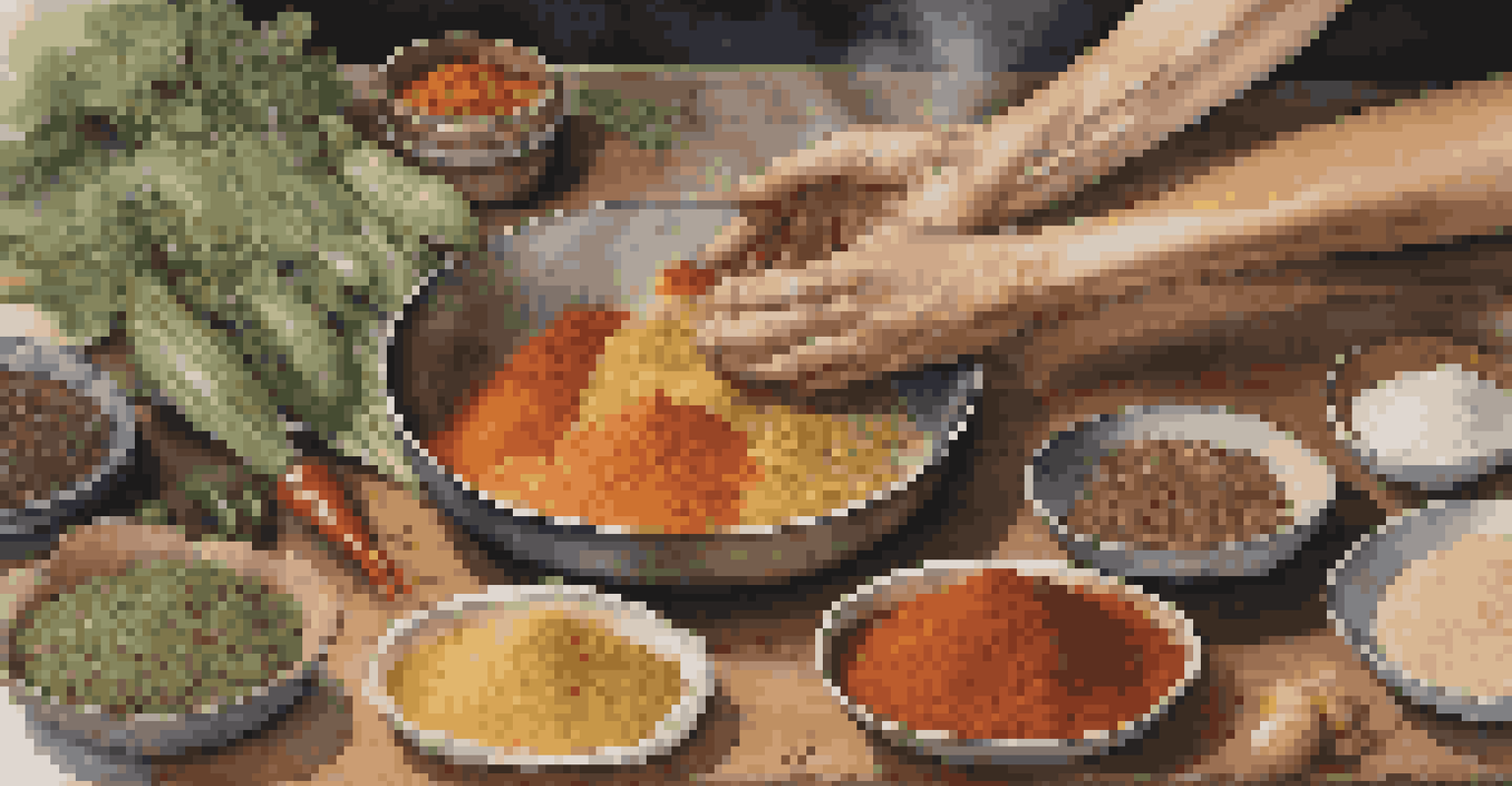Navigating Cultural Differences: Staying Safe and Respectful

Understanding Cultural Differences for Better Interactions
Cultural differences shape how we communicate, behave, and perceive the world. Understanding these differences is crucial, especially when traveling or working in diverse environments. For instance, a gesture that is polite in one culture might be offensive in another, highlighting the importance of awareness.
The single biggest problem in communication is the illusion that it has taken place.
By recognizing and respecting these variances, you can foster more meaningful interactions. It's not just about avoiding faux pas; it's about building bridges and connections. Embracing diversity enriches our experiences and opens us up to new perspectives.
Take the time to learn about the cultures you engage with. Whether it's a simple internet search or conversing with locals, this effort can go a long way in demonstrating respect and appreciation for their customs.
Being Aware of Nonverbal Communication Styles
Nonverbal cues, such as body language and facial expressions, can differ significantly across cultures. For example, maintaining eye contact may signify confidence in some cultures, while in others, it might be seen as disrespectful. Understanding these subtleties can help prevent misunderstandings.

When interacting with individuals from different backgrounds, pay attention to their nonverbal signals. This awareness can help you gauge their comfort level and respond appropriately. Sometimes, a smile or a nod can convey warmth and openness, bridging cultural gaps.
Embrace Cultural Awareness
Understanding cultural differences enriches interactions and fosters meaningful connections.
Remember, nonverbal communication is just as powerful as verbal communication. Being mindful of your own body language can also make a positive impression and demonstrate your respect for their culture.
Practicing Active Listening for Better Understanding
Active listening is a crucial skill when navigating cultural differences. It involves fully concentrating, understanding, responding, and remembering what is being said. This practice not only shows respect but also helps you grasp nuanced meanings behind words.
Diversity is not about how we differ. Diversity is about embracing one another's uniqueness.
Asking open-ended questions can encourage deeper conversations and reveal insights into cultural perspectives. For instance, instead of asking, 'Do you like this food?' try 'What do you enjoy most about this dish?' Such questions can lead to richer discussions and mutual learning.
By actively listening, you signal that you value the other person's thoughts and experiences. This can foster trust and create a safe space for open dialogue, enhancing cross-cultural relationships.
Respecting Traditions and Customs During Interactions
Every culture has its own traditions and customs that are deeply valued. Respecting these practices is essential for building rapport and trust. For instance, in some cultures, removing your shoes before entering a home is customary, and honoring this tradition shows your respect.
When in doubt, don't hesitate to ask questions about local customs. Most people appreciate when others show interest in their traditions and are often happy to explain their significance. This not only demonstrates respect but also enriches your experience.
Master Nonverbal Communication
Being aware of nonverbal cues can prevent misunderstandings and enhance cross-cultural interactions.
Participating in local customs, when appropriate, can also help you feel more connected. Whether it's joining a festival or trying traditional foods, these experiences can create lasting memories and deepen your understanding of the culture.
Staying Safe While Embracing Cultural Experiences
While exploring new cultures can be exciting, safety should always be a priority. Research local laws and customs before traveling to avoid unintentional offenses or dangerous situations. Understanding the cultural context can help you navigate safely.
It's also wise to stay vigilant about your surroundings. Being aware of local etiquette can not only keep you safe but also help you blend in more seamlessly. For instance, knowing when to avoid discussing certain topics can prevent uncomfortable situations.
Always trust your instincts. If something feels off or uncomfortable, it’s okay to remove yourself from the situation. Safety and respect should always go hand in hand when engaging with different cultures.
Learning from Cultural Missteps and Moving Forward
Everyone makes mistakes, especially when navigating cultural differences. If you accidentally offend someone, acknowledge it, apologize sincerely, and learn from the experience. This humility can turn an awkward situation into a chance for growth.
Reflecting on your missteps can help you understand the cultural norms better and avoid repeating the same mistakes. It's essential to approach these situations with an open mind and a willingness to learn.
Learn from Cultural Mistakes
Acknowledging and learning from cultural missteps can lead to personal growth and deeper understanding.
Remember, cultural navigation is an ongoing journey. Each experience, whether positive or negative, contributes to your understanding and appreciation of diverse backgrounds.
Building Long-Lasting Cross-Cultural Relationships
Developing cross-cultural relationships can lead to enriching experiences and personal growth. These connections often help you gain insights into different ways of life, enhancing your worldview. The key is to approach these relationships with openness and genuine curiosity.
Investing time in understanding different cultures can create bonds that transcend borders. Whether through friendships, professional collaborations, or community involvement, these relationships can foster a sense of belonging and mutual respect.

Be patient and understanding as you navigate these connections. Building trust takes time, but the rewards of deeper relationships and shared experiences are well worth the effort.